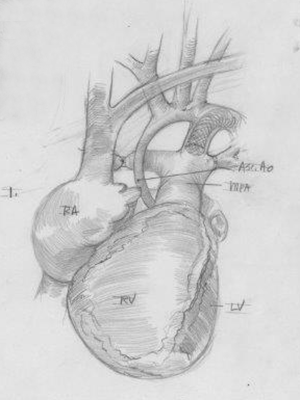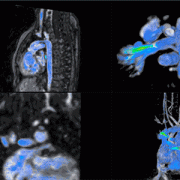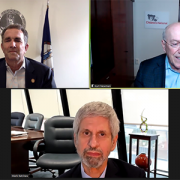Thinking small for newborns with critical congenital heart disease

Illustration of a hybrid stage I palliation with bilateral bands on the lung vessels and a stent in the ductus arteriosus for patients with small left heart structures.
A new LinkedIn post from Kurt Newman, M.D., president and CEO of Children’s National Hospital, tells a story about the hospital’s cardiac surgeons and interventional cardiologists working with the U.S. Food and Drug Administration (FDA) to bring a better-sized, less-invasive vascular stent to the U.S. for the first time. The stent holds open a newborn’s ductus arteriosus, a key blood vessel that keeps blood flowing to the body, until the baby is big and strong enough to undergo a serious open-heart procedure for repair of hypoplastic left heart syndrome.
He writes, “Why is this important? At less than 6 lbs., these patients have arteries that are thinner than a toothpick – less than 2mm in diameter. Currently, the stent used in these children is an FDA approved device for adult vascular procedures, adapted and used off-label in children. It is not always well suited for the smallest babies as it is too large for insertion through the artery and often too long as well. The extra length can create immediate and long-term complications including obstructing the vessel it is supposed to keep open.
“While I am proud of the talent and dedication of our Children’s National cardiac surgery and interventional cardiology teams, I tell this story to illustrate a larger point – innovation in children’s medical devices matters. What’s unfortunate is that development and commercialization of pediatric medical devices in the U.S. continues to lag significantly behind adults…We can and must do better.”











